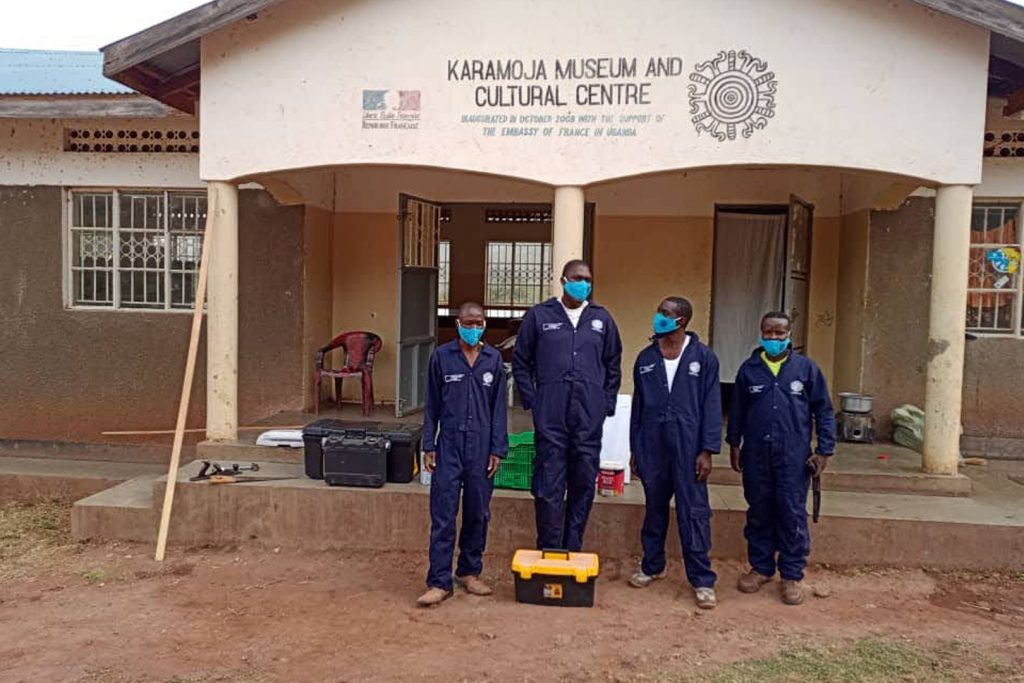Karamoja Cultural Museum is located at the foot of Mount Moroto in Moroto town with a great view of the mountain. It was constructed with funding from the French government, and officially commission by Janet Museveni who happens to be the first lady of Uganda.

Karamoja Museum & Cultural Centre
The reasonable small museum hosts irreplaceable collections, which illustrate the rich cultural heritage of the entire Karamoja region and with great value the scientific collaboration between Ugandan and French researchers in the field of paleontology.
BOOK NOW
The Karamoja Museum is devoted to the collection, conservation and promotion of the rich cultural heritage of the entire Karamoja region and culture.
The museum offers scholarly and public programs which interpret this heritage. The visitor will be able to appreciate many objects resulting from the works of nature and man.
HISTORY OF KARAMOJA
Aspects of colonial and pre-colonial history of Karamoja are displayed including the migrations, famine, warrior life and cattle smuggling, gun warfare and now school.
It is a center of archaeological research and a lot of information has been gathered about Stne and Iron Age sites. Attempts have been made to explain the geological formation of Karamoja using a selection of rocks and minerals.
PRE HISTORY
A selection of the rich fossil materials from Karamoja is on display and helps the public understand the history of the Earth’s surface in the Karamoja contest: animals, plants and their environment including the climate. A fossil is evidence of past life, naturally preserved within the materials that make up the earth. Fossils can be plant material such as roots, stems and leaf impressions, pollen or animal material such as teeth, skulls, coprolites (fixxolixed faeces) etc.
THE KARAMOJONG PEOPLE
Implements of everyday life and memorabilia of past cultural practice portray the traditional life of the Karamojong communities.
FOSSILS
Fossils can be found in volcanic areas. These occur in Eastern Uganda, Napak and Moroto in Karamoja, Mt. Elgon and Bukwo. Here the eruption of volcanic lava covered a later area which contained animals, plants, molluscs, amphibians etc. The minerals in the lava replaced calcium in bones and entered the porous parts of wood, bones and other creatures hence forming fossils These fossils are/were later exposed by soil erosion. Among the fossils on display is the newly discovered skull of Uganda pithecus excavated by the Uganda Paleontology Expedition in 2011.
A visit to the museum will greatly entice your entire experience in the region whereby you can also decide to add on a hike to Mt Napak or Mt Moroto or a visit to Kidepo Valley National Park.
